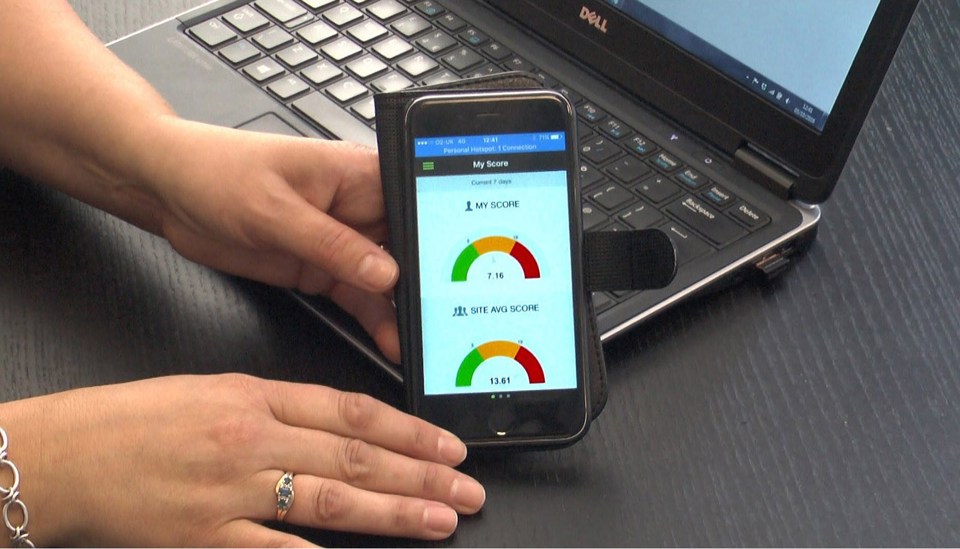Mix Telematics has released a list detailing the top 10 KPIs that fleet managers should track, to compliment its fleet management software.
The company has released the information in a bid to help customers identify the most beneficial data streams, given by Mix Fleet Manager.
MiX Telematics (Europe)’s marketing director Jonathan Bates said: "Whilst Fleet Manager enables operational data to be collected easily and efficiently, the key to success is knowing how to put that information to best use – hence the reason why we have compiled this top ten list.
"Broadly speaking, the benefits fall into three main categories; safety, efficiency and compliance. Our list reveals the principal factors in each of these three important areas.
"The consultancy service our team of in-house specialists offer is largely based on these parameters, and the very best results we see is when their expertise is combined with that of our customers in order to maximise the gain in each area.
“There are, of course, a myriad of additional benefits and KPIs that can be configured using our solution and we work with each individual client to ensure that they are getting the information that they need in order to drive positive business transformation."
The MiX Telematics top ten KPIs list is as follows:
Safety
Driver behaviour is the biggest category within safety – fleets that monitor driver behaviour and use the data they collect for driver coaching are best poised to improve their overall safety profile.
The top KPIs for safety are all related to driver behavior, and include:
- Speeding incidents
- Harsh acceleration and braking incidents
- Corner handling incidents
- Accidents
Ideally, this data should be conveyed to fleet managers in real time and shared with drivers, either by way of regular reviews or through the MyMiX Driver Portal, which allows drivers to review their own performance and compare it to that of their peers.
Efficiency
When it comes to efficiency, MiX Telematics recommends that fleets track:
- Fuel economy per vehicle, including idling time
- Empty miles
- Fleet asset utilisation
Fuel economy and maintenance data can help managers see inefficient behaviors such as speeding and excessive idling.
Once identified, drivers can be trained to avoid them. Reducing those behaviors in turn reduces wear and tear on vehicles, decreasing maintenance requirements. Most importantly, all of this leads to safer driving and fewer accidents.
Obtaining a clear view of empty miles and how assets are used on a day-to-day basis can help fleets optimize asset utilisation and, in some cases, allow companies to reduce the number of vehicles in their fleet – further reducing costs such as fuel, maintenance and insurance.
Compliance
Here, fleets need to track:
- Available Hours of Service (HOS)
- HOS violations
- Unassigned mileage by vehicle
HOS is of utmost importance, and here dispatchers should be looking at HOS at least daily. Best practice is to look at this data live, in real time as they dispatch, since HOS can change during a day.
MiX Telematics also recommends a weekly review of violations – not necessarily due to failures in the fleet management processes, but often because the rules are not always followed by every driver.
Unassigned mileage by vehicle is another key provision, and if a fleet has exceptions, the manager needs to be aware of them.


















Login to comment
Comments
No comments have been made yet.